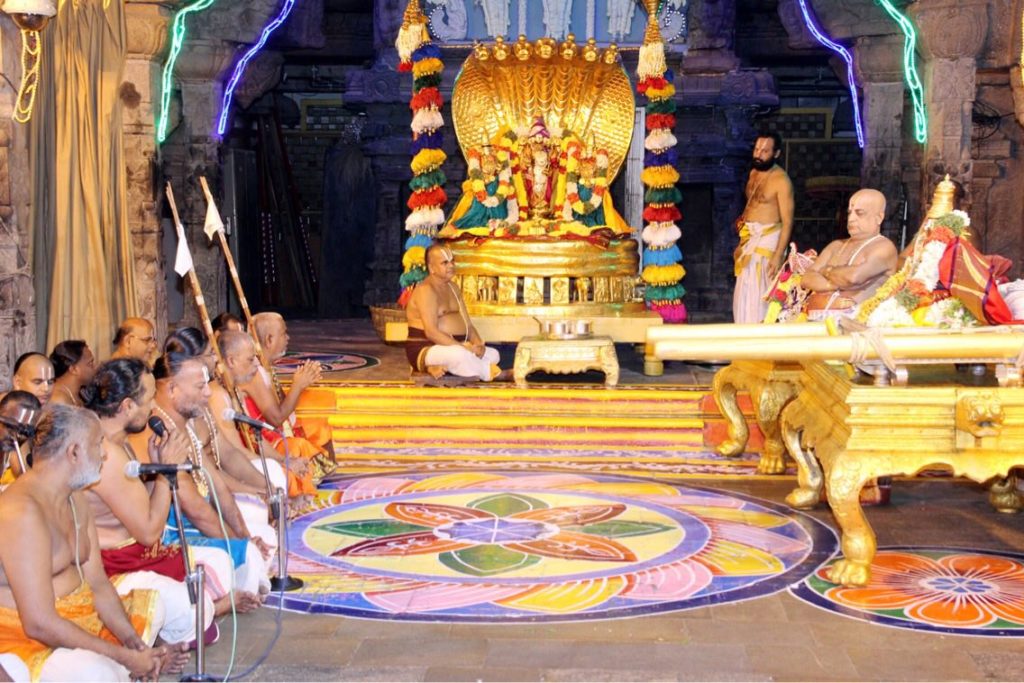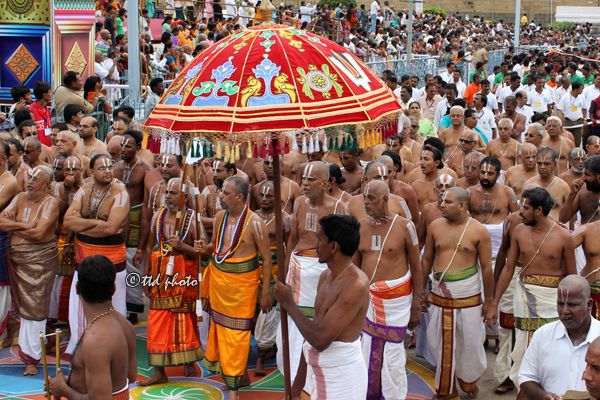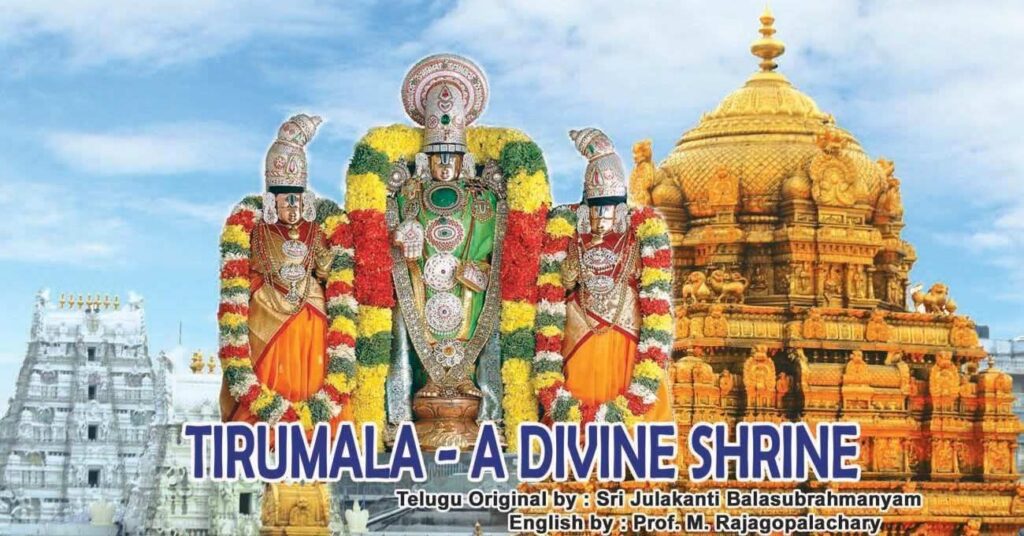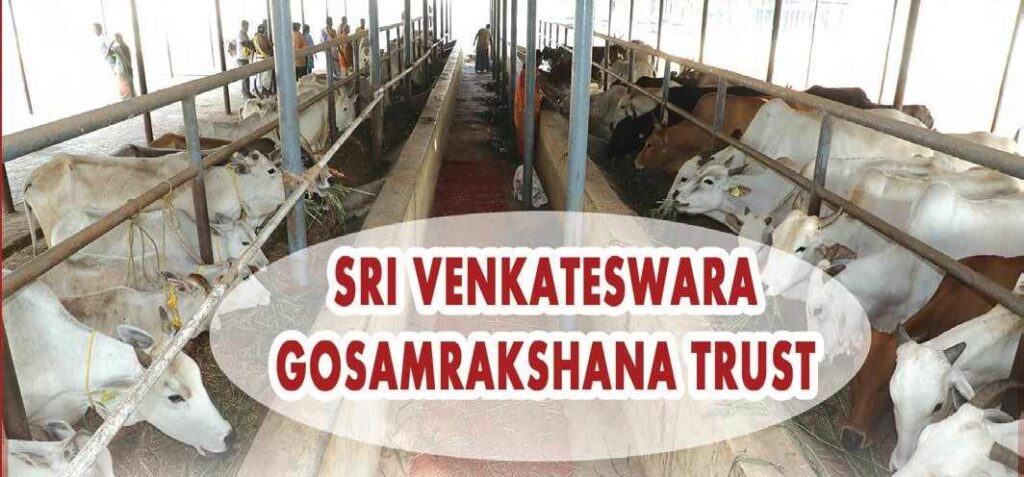Vakula Devi / Vakula Matha We have been mentioning the name of Vakula Devi in connection with the Swamy Vari kitchen. We have also read that she supervises the dishes prepared in the kitchen. Let us try to know more about Vakula Devi. In the northeast direction of the kitchen, there is a small temple. Read More
Tag: Tirumala
Tirumala is a spiritual place in Tirupati district of the Indian state of Andhra Pradesh. It is one of the neighborhoods of the Tirupati city
Adhyayanotsavam at Tirumala
Adhyayanotsavam The Lord of Seven Hills is worshipped every moment in the form of one or the other seva or Utsavam (procession). These utsavas provide a blissful experience to the devotees. Around 1000 years ago, the famous Sri Vaishnavaite, Bhagavad Ramanujacharya also visited the divine shrine and made arrangements to assist in the performance of Read More
Sri Agnya Palaka Anjaneya Swami (Ramarmeda)
SRI ANJANEYA SWAMI – The Foremost Devotee of Lord Srinivasa at Tirumala Sri Anjaneya Swami who is blessed by Lord Sri Rama in the previous Yuga for His devout services is now receiving worship from His devotees in Tirumala, the Kaliyuga Vaikunta. He gives His grand darshan in various postures in different places in Tirumala. Sri Read More
Recitation of Vedas and Divya Prabandham in Sri Vari Temple
Recitation of Vedas and Divya Prabandham in Tirumala Temple According to Hindu Theology, there are fourteen worlds. All these fourteen worlds are one empire. For this empire, there is one emperor. All the living beings are His subjects. The empire is eternal and the emperor is also eternal. If there is an empire, an emperor Read More
Holy Waterfalls (Theertham) to be visited in Tirumala
Theerthams (Holy Waterfalls) in Tirumala Tirumala shrine is a source of many holy waterfalls (Theertham/ Teertham). These are the sacred places where many sages undertook penance and had a glimpse of the Lord directly. They remove all sorts of sins. Let us try to know about them in brief. Let us visit them, absolve ourselves Read More
Sri Venkateswara Swamy Temple, Devuni Kadapa
Devuni Kadapa – Sri Venkateswara Swamy Temple There are many famous temples in Kadapa District. Devuni Kadapa Sri Venkateswara Swamy Temple is one of the most famous and ancient temples in Kadapa District, Andhra Pradesh. The temple is at a distance of three kilometres away from Kadapa. It is in the area of Kadapa Municipal Read More
Significance of Sanctum Sanctorum (Garbhalayam)
Sanctum Sanctorum (Garbhalayam) The Sanctum Sanctorum ‘Garbhalayam’ is a place of God’s presence. It is a holy place, sacred, spiritualised with Vedic Mantras Vibration. The Vibration inside the Sanctum Sanctorum is more effective and spreads unseen rays of God’s mercy. The sacramental vibration kindles the inner nerve of the human body to invigorate spiritual communion Read More
Sri Maremma Thalli, Chenga Reddy Palli
Sri Maremma Thalli – Chenga Reddy Palli Chenga Reddy Palli is a very ancient village in Renigunta Mandalam of Chittoor District in Rayalaseema. One kilometre from Renigunta on the road to Kadapa, to the east of the road is the village. Sri Maremma in this village is a goddess of infinite powers, fulfilling the prayers Read More
Sri Venkateswara Gosamrakshana Trust
Sri Venkateswara Gosamrakshana Trust Sri Venkateswara Gosamrakshana Trust is yet another forum that plays a very important role in the protection of cows, which is of paramount importance in Hindu Dharma. The TTD has established a dairy farm called ‘Sri Venkateswara Gosamrakshanasala’ in Tirupati in the year 1956 and formed the trust in 2002 to Read More
Sri AagnyaPaalaka Anjaneya Swami (Ramarmeda)
SRI ANJANEYA SWAMI – The Foremost Devotee of Lord Srinivasa at Tirumala Sri Anjaneya Swami who is blessed by Lord Sri Rama in the previous Yuga for His devout services is now receiving worship from His devotees in Tirumala, the Kaliyuga Vaikunta. He gives His grand darshan in various postures in different places in Tirumala. Sri Read More





